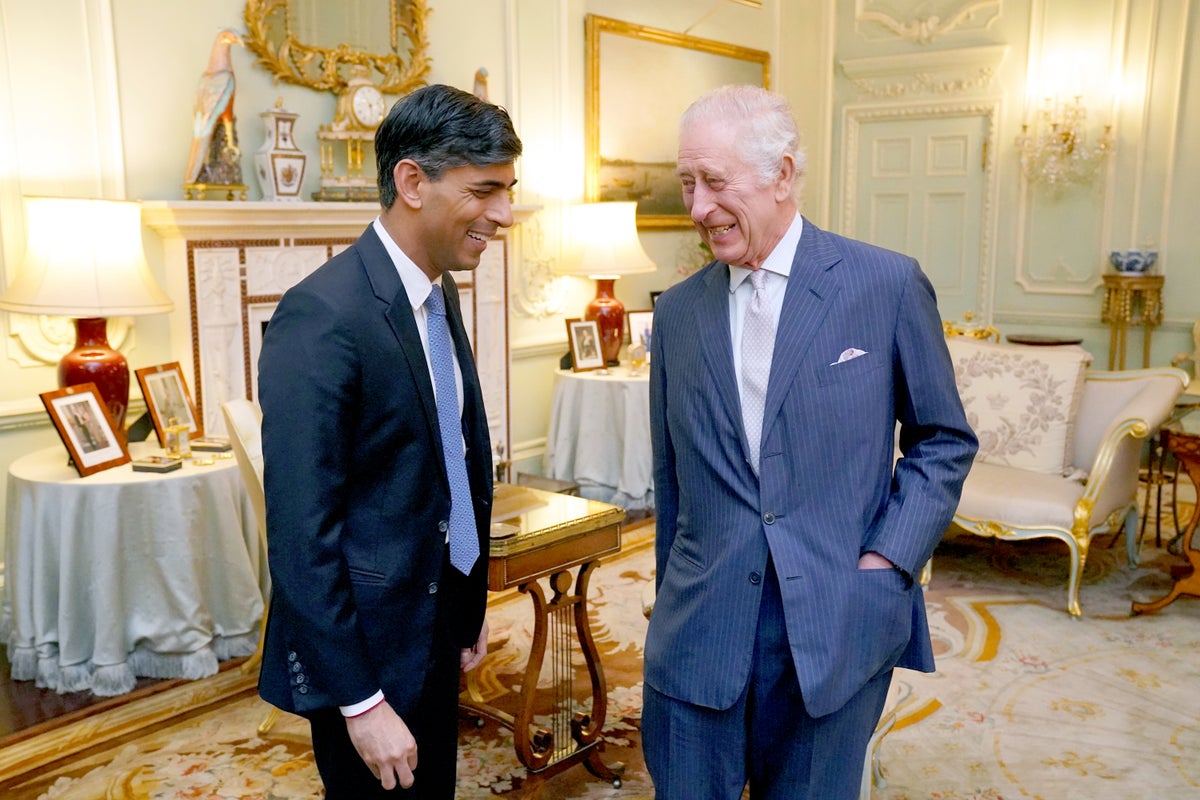ARTICLE AD BOX
Russian and Ukrainian negotiators will sit face-to-face for the first round of direct peace talks between the warring countries since March 2022.
Hopes of a meeting between Volodymyr Zelensky, Vladimir Putin and Donald Trump at the Istanbul talks were dashed when the Kremlin revealed its list of delegates, confirming the Russian president would not be joining.
The Ukrainian president had offered to meet Putin in person for the first time since 2019, goading the Russian leader by questioning if he was brave enough to show up.

It is unclear whether Mr Zelensky - who is in Turkey for a meeting with president Recep Tayyip Erdogan in Ankara - will join the talks. He previously said he was not prepared to talk to anyone but Putin.
On Wednesday, the US said it would send special envoy Steve Witkoff and secretary of state Marco Rubio to the negotiations, but Donald Trump has excused himself.
Russia has rejected Ukraine’s repeated offer of a comprehensive, unconditional 30-day ceasefire which Mr Zelensky says would allow for proper peace negotiations to take place. Moscow says many of its maximalist demands have not been met.
As talks get underway on Thursday, here’s a look at the current state of play on the battlefield.
Eastern frontline
Russia focuses the majority of its attacks on Ukraine’s eastern frontline, particularly the Donetsk region where it launches dozens of attacks each day. It channelled the bulk of its forces towards the east and south, after withdrawing from northern Ukraine in the war’s early months.
Moscow’s war machine grinds forward in a war of attrition, suffering significant troop losses for the sake of relatively incremental territorial gains.
Russian advances have slowed in recent months, as Kyiv’s forces ferociously defend a heavily fortified frontline - and in recent weeks have even launched minor counterattacks of its own.
There has not been a great deal of movement on the eastern frontline in the past two years, but Russia continues to advance village-by-village.
Kursk
Moscow claims it has pushed Ukrainian troops out of Kursk, after Ukrainian troops smashed through the border in a surprise incursion in August 2024. Kyiv said it had seized more than 1,000 square kilometres of the Russian region bordering northeast Ukraine.
Russian forces steadily pushed back for months, deploying thousands of North Korean troops sent by dictator Kim Jong-un to boost their manpower.
In March 2025, a rapid advance saw Ukrainian control over Kursk collapse, with Vladimir Putin claiming within weeks that Russia had driven Kyiv’s troops entirely from the region.
Fighting continues in small pockets of Kursk and the Belgorod region on its southern border, but Ukrainian control is now very limited.
Crimea
Crimea, Ukraine’s southern peninsula which Russia illegally occupied in 2014, was a critical sticking point during previous negotiations.
A round of intense shuttle diplomacy between Washington, Kyiv and Moscow in April laid bare the stark differences in position over the region.
Mr Zelensky had sparked anger from the White House after stating of Crimea: “There is nothing to talk about – it is our land, the land of the Ukrainian people.”
A proposed US peace deal, revealed last month, included the legal recognition by Washington of Russian control over Crimea. It is unclear whether the US proposals are set to be discussed on Friday.
April peace proposals
In April, both the US and Europe published their own sets of proposals for peace in Ukraine.
Along with a legal recognition of Russia’s control in Crimea, Washington proposed de facto US recognition of Russian control of the occupied eastern Ukrainian region of Luhansk and parts of Zaporizhzhia, Donetsk, and Kherson, all of which lie on the frontline.
It is unclear where the lines of demarcation would be, and whether Washington was demanding that Ukraine cede all of the land currently occupied by Russia in the regions of Zaporizhzhia, Donetsk and Kherson.
Ukraine would regain territory in the northeastern Kharkiv region, the proposals state, along with control of the occupied Zaporizhzhia Nuclear Power Plant through US control and administration of the plant. Electricity would be supplied to both Ukraine and Russia.
European and Ukrainian allies responded with their own set of proposals, in which they declared that “territorial issues will be discussed and resolved after a full and unconditional ceasefire”.
Territorial negotiations would start from the basis of the line of control - but Ukraine would be guaranteed control of the Zaporizhzhia plant with US involvement.









 English (US) ·
English (US) ·